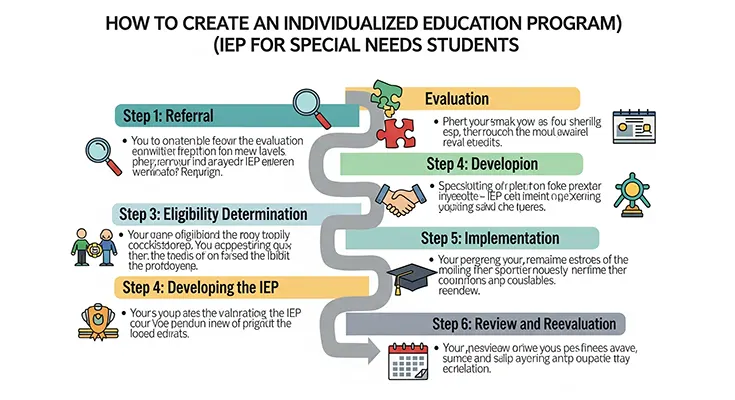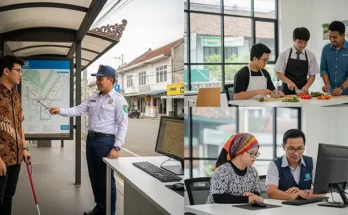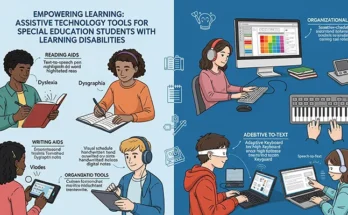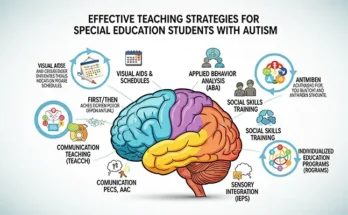Creating an Individualized Education Program (IEP) is a pivotal process in supporting special needs students to achieve their fullest potential in the educational environment. An IEP is a legally binding document tailored to each student’s unique learning requirements, outlining specific goals, accommodations, and services designed to provide effective and equitable education. Understanding how to create an Individualized Education Program ensures that educators, parents, and specialists collaborate efficiently to meet the student’s diverse needs.
What is an IEP?
An IEP is a customized educational plan developed for students who qualify for special education services under the Individuals with Disabilities Education Act (IDEA). It describes the student’s current performance, sets measurable goals, details accommodations, modifications, and outlines related services needed to support learning.
Steps on How to Create an Individualized Education Program (IEP)
1. Referral and Evaluation
The IEP process begins with a referral, either from a teacher, parent, or specialist, expressing concern about the student’s academic or functional performance. Once referred, the student undergoes a comprehensive evaluation conducted by a team of professionals. The evaluation assesses cognitive abilities, academic skills, communication, social-emotional development, and other relevant areas. Parental consent is required before evaluations begin.
2. Eligibility Determination
After the evaluation, a team comprising educators, specialists, and parents reviews the results to determine if the student meets the criteria for special education services. Eligibility is based on the presence of a disability that adversely affects educational performance and the need for specialized instruction.
3. IEP Meeting and Team Formation
Once eligibility is confirmed, an IEP team is formed. This team includes:
- The student’s parents or guardians
- General and special education teachers
- School psychologist or specialist
- A district representative knowledgeable about available resources
- Other relevant personnel, such as speech therapists or occupational therapists
- Whenever appropriate, the student
The IEP meeting is scheduled to collaboratively develop the individualized plan.
4. Drafting the IEP Document
During the meeting, the team works on the following components:
- Present Levels of Academic Achievement and Functional Performance (PLAAFP): A comprehensive description of the student’s current abilities and challenges.
- Measurable Annual Goals: Specific, attainable goals tailored to the student’s needs, focusing on academic, social, behavioral, or functional skills.
- Special Education and Related Services: Details of specialized instruction, therapy, counseling, or other services the student will receive.
- Accommodations and Modifications: Adjustments to teaching methods, classroom environment, or assessment techniques to support learning.
- Participation with Non-Disabled Peers: Explanation of how the student will engage with general education students.
- Assessment Accommodation: Information about how the student’s performance will be measured, including any testing adaptations.
- Transition Planning: For students aged 14 and older, plans related to post-secondary education, employment, and independent living are included.
5. Parental Consent and Implementation
After drafting the IEP, parents review the plan. Their consent is essential before services begin. The school then implements the IEP, ensuring that all staff involved understand their responsibilities.
6. Monitoring and Annual Review
The student’s progress toward IEP goals is continuously monitored, and regular updates are provided to parents. The IEP must be reviewed at least annually to assess progress and make necessary adjustments. Additional meetings can be requested if needed.
Best Practices in Creating an Effective IEP
- Collaboration: Maintain open communication between parents, educators, and specialists to understand the student’s needs fully.
- Student-Centered Focus: Involve the student in the process whenever possible to empower them and tailor goals to their interests.
- Specific and Measurable Goals: Develop clear goals that are achievable and quantifiable to track progress effectively.
- Flexibility: Be prepared to revise the IEP based on progress, changing needs, or new evaluations.
- Documentation: Keep detailed records of meetings, evaluations, progress reports, and communications.
Knowing how to create an Individualized Education Program (IEP) for special needs students is fundamental to providing effective, personalized education. The process is collaborative, detailed, and focused on the student’s unique strengths and challenges. By following these structured steps, educators and families can work together to develop an IEP that fosters growth, inclusivity, and success in the educational journey of special needs students.





